I’ve used a lot of solder paste, usually from one of those big syringes.
When depositing little tiny blobs of solder on a few hundred little tiny pads, two problems emerge:
- That big syringe has a big plunger that really starts to hurt the heel of your hand after a lot of usage, especially when the paste is still a little cold from storage. And,
- when it’s so challenging, accuracy of deposition goes down.
Yes, both of these problems sound really minor, but they’re actual problems! And solvable!
There are a few different strategies for paste deposition. One of them, which I had a mild infatuation with for a while but never tried personally, uses an air pump connected to a syringe. It drives out the paste with air pressure. Apparently, though, the compression of the air leads to inconsistent and ultimately disappointing results.
Another strategy is to make it electric and attach motor, drivers, and a control system on the back of the syringe. The problem I’ve had with this is that it makes the whole assembly heavy, and therefore difficult to accurately control. The syringe-mounted button also seems like it might cause a little bit of unwanted movement when it’s being pressed.
So, like all quick projects, I let it sit for years while I pondered the issue.
After deciding on a strategy that would allow me to put the least amount of effort into this as humanly possible, I bought the following:
DC motor with gearbox and threaded rod:
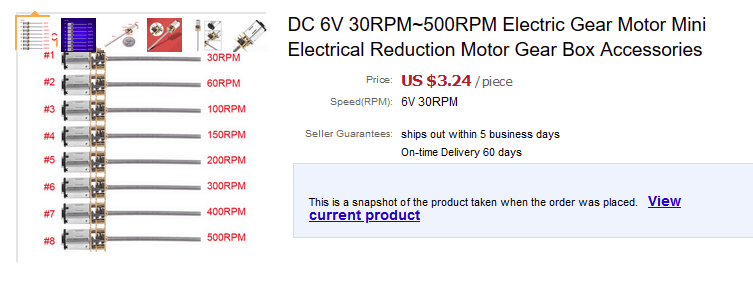
Brass heat-set inserts:
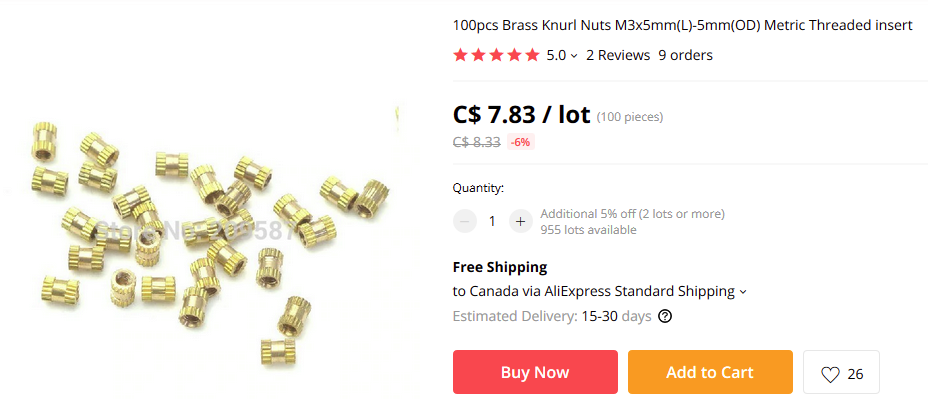
1mL syringes:
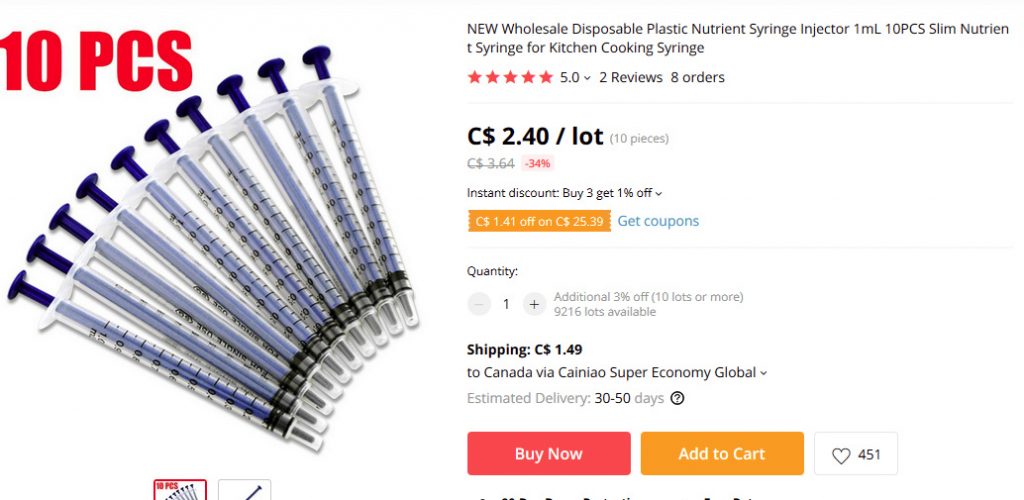
Copper tubing:
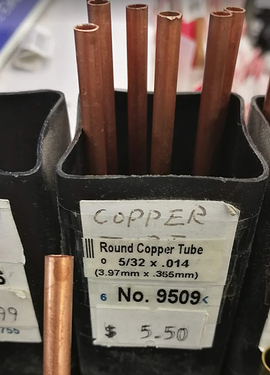
And a pile of electronics I already had kicking around.
I 3D printed a syringe-motor adapter.
I soldered an insert onto the brass tube, and then with the motor, I had a linear actuator.
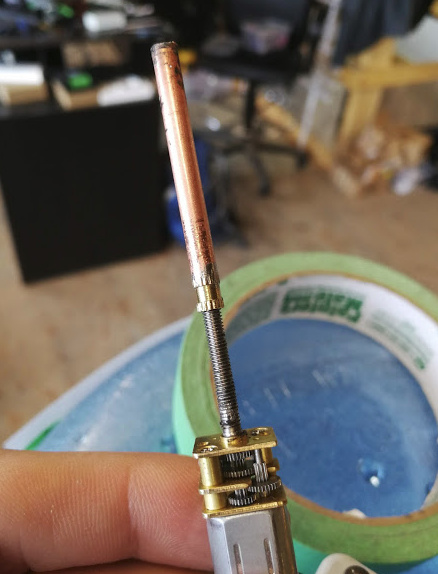
Pile of electronics:
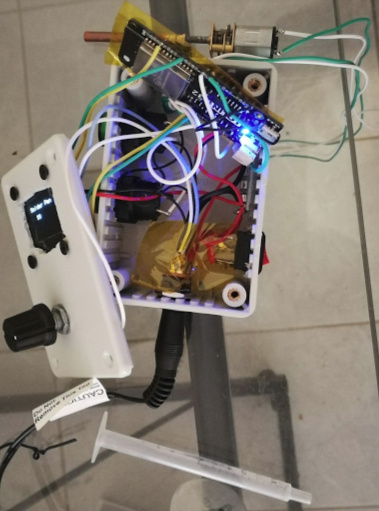
Neat.
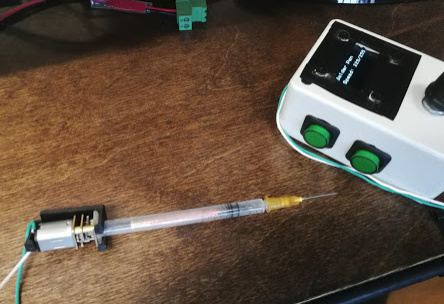
I also glued the rubber gasket/tip to the copper tube.
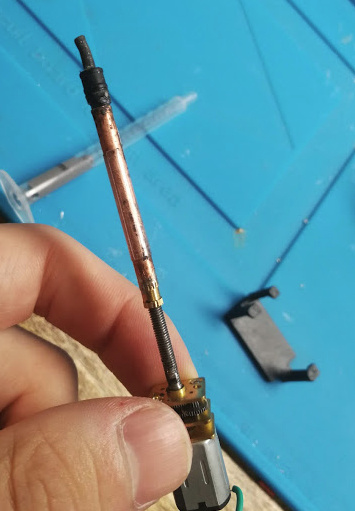
The solder paste I had available is a couple years old, and really chunky/nasty. Solder paste has a shelf life, and paying attention to that is important.
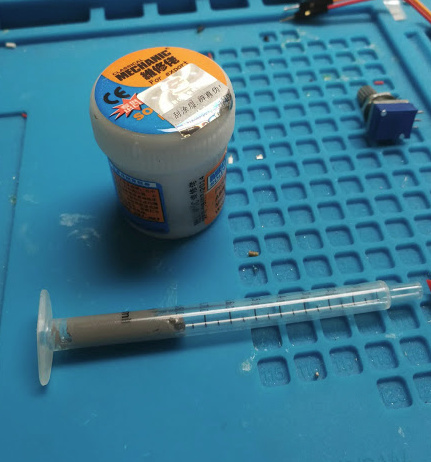
Put it all together anyway:

Little bit dribbly at first:
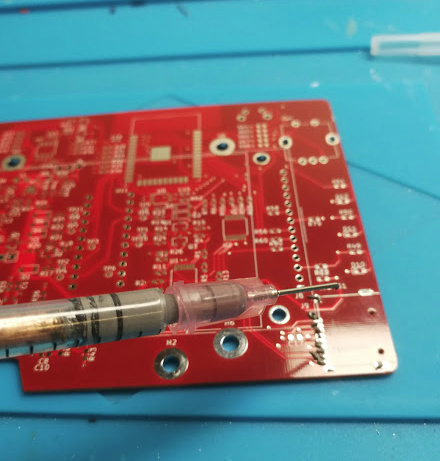
But not bad for a first test:

Obviously not perfect, though. The mechanism stopped being able to force the crusty paste through the needle, and broke the (admittedly flimsy) 3D printed bracket when the motor tried to exit its situation.
Using the flimsy bracket as a mechanical fuse might not even be a bad idea to keep around for future versions. The real problem was the paste, it was toast.
This will definitely be tweaked a lot. I’ll add pullback to the software to prevent the nozzle dripping, and maybe some other features. But it’s a start!
